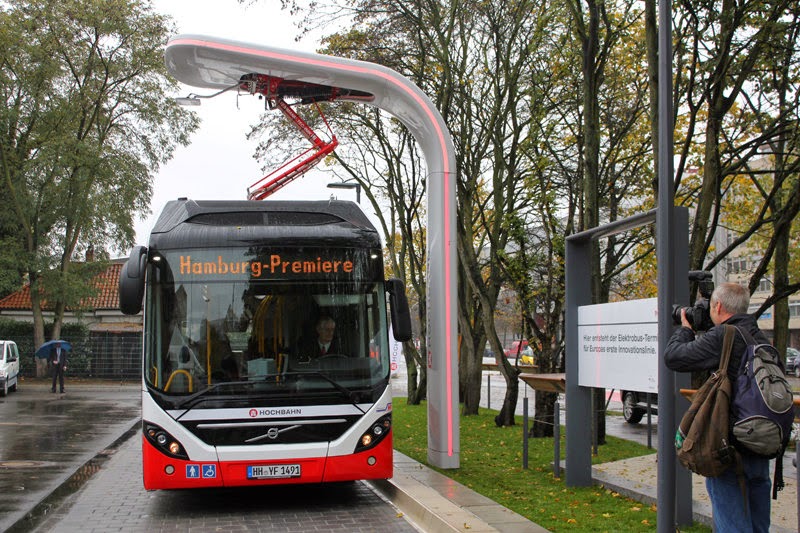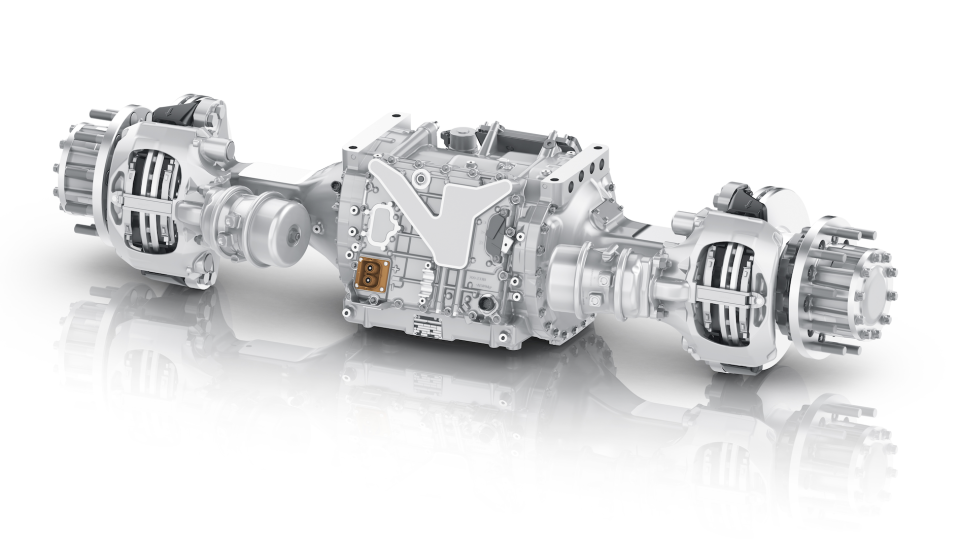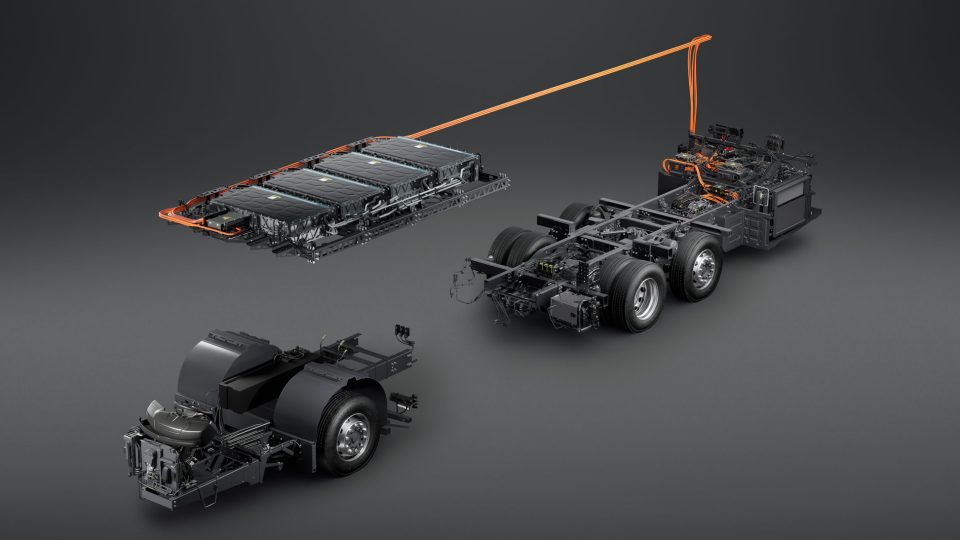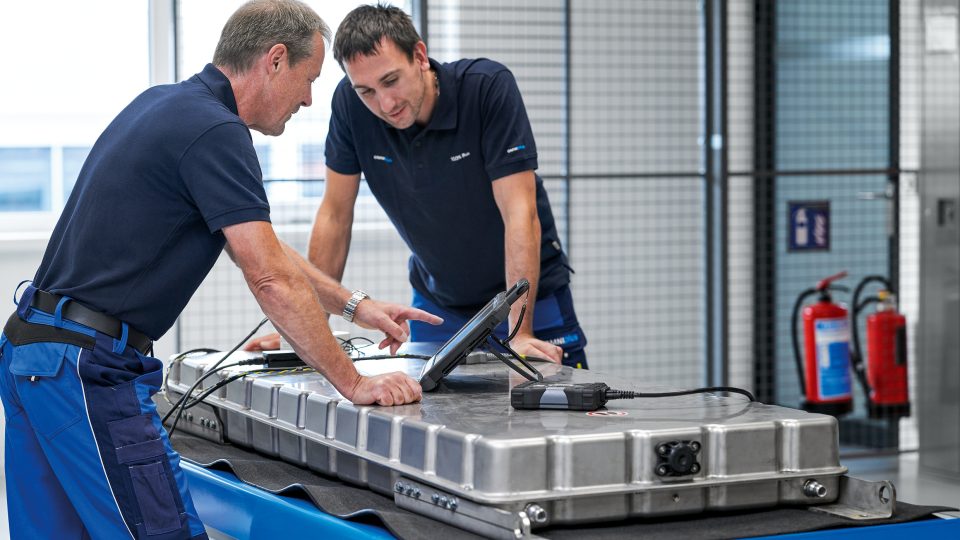Autonomous driving will keep bus pantographs alive. Siemens explains why
Standardization, market trends, the trend for depot charging and the importance of pantograph charging. And also: autonomous driving and regulations. We met Marcel Rümenapf, Sales & Account Manager for utility vehicle charging in Europe & Latin America at Siemens Smart Infrastructure. A unit that has sold more than 40,000 charging stations so far, keeping together emobility […]
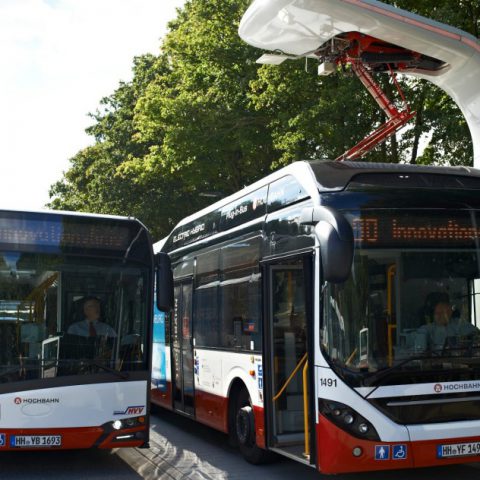
Standardization, market trends, the trend for depot charging and the importance of pantograph charging. And also: autonomous driving and regulations.
We met Marcel Rümenapf, Sales & Account Manager for utility vehicle charging in Europe & Latin America at Siemens Smart Infrastructure.
A unit that has sold more than 40,000 charging stations so far, keeping together emobility charging system overall, thus not only the ones for electric buses.
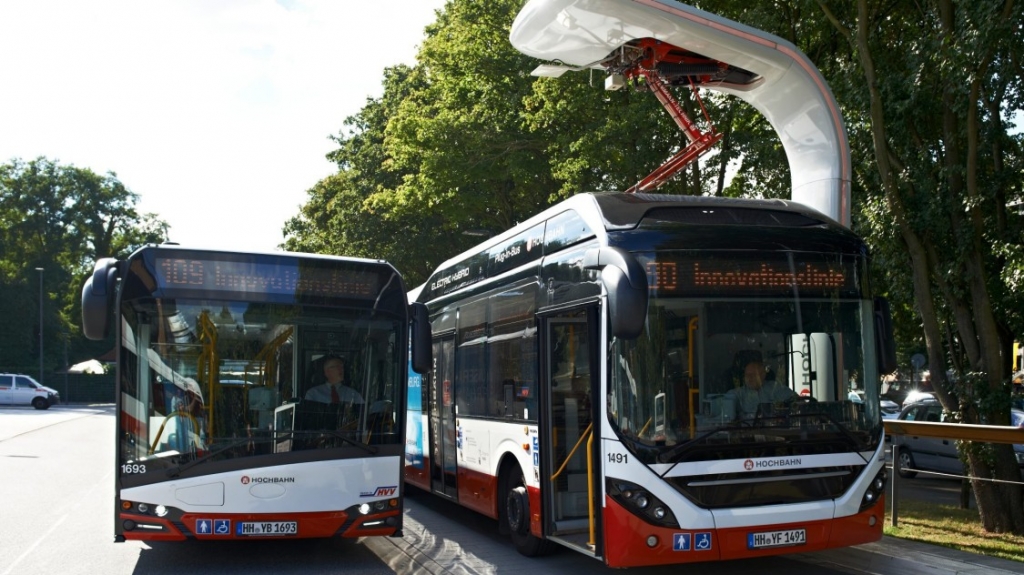
Europe and US, two markets, the same challenges
Mr. Marcel Rümenapf, you are now in charge of European and Latin American markets at Siemens Smart Infrastructure, and previously you had been covering North America. Which trends and differences are you observing in these markets with regards to transition to electric buses in cities?
«North American and European markets are very similar. In both countries the change is mainly driven by the municipalities and big cities. Los Angeles has the same target as Berlin, for example: full electrification of the bus fleets by 2030. The kind of technologies adopted are also common as well as the challenges that we see with regards for instance to standardization. The market demand is a little bit ahead of the standardization that is required behind. Here in Europe we have the ISO 15118 that is currently being updated, in the US we have the SAE J3105 that is on its way to be released. So in both regions we are facing the same challenges».
And what about market volumes? Are they similar?
«Europe used to be slightly ahead, but I would say that today the electric bus market in the US really caught up and there is no big difference anymore».
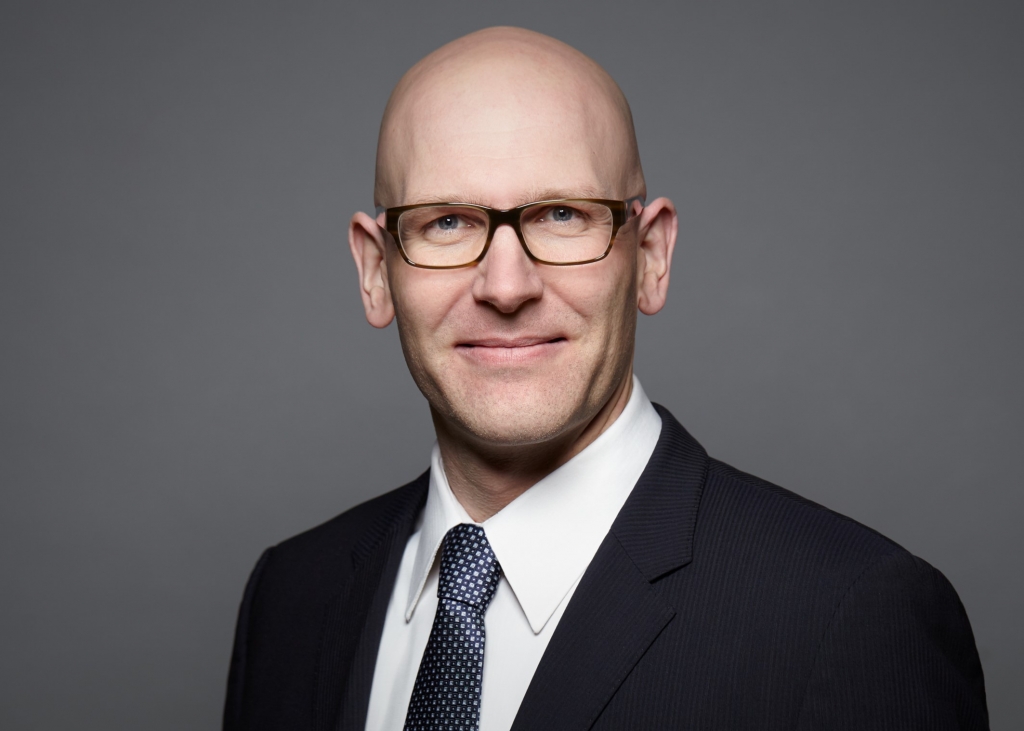
Let’s focus on European market. So far we are observing a widespread choice for fast charging via roof pantograph in Nordic countries, while central Europe (for instance Germany) is more focusing on overnight charging in depots…
«Today I would say that slow charging is the major form used in Europe. Nevertheless, I think that in the future we will need all kinds of charging solutions if we want to really reach a 100 percent electrification. There will be many different use cases that need very specific solutions. To be future proof, we need the flexibility to be able to answer all these different demands».
May you give an example?
«Of course. When we think about the electrification of an entire depot, this requires large amounts of energy. If you shift some of the charging onto the roads, at the end of lines for instance, you can reduce the energy demand in the depot».
Electric bus fleet, charging is an issue
In fact, there are common worries about the capacity of the grid to support large electric bus fleet, especially with regards to high demand moments (for instance in hot summer days when air conditioning are turned on). As a supplier of charging infrastructures, which tools you may provide in order to avoid high peak of demand?
«This is a very general problem. The depots we have today are not designed to supply an electric fleet of buses with energy. Through a smart charging software, for example, you can shift the load to specific time frames to make sure that the grid demand does not exceed a set value. You can also install an energy storage system that takes energy from the grid when it’s available and enables the buses to draw power from the storage when not. We can even think about integrating additional energy generation, for instance via photovoltaic systems. This could make sense, for example, where rooftops are available for PV installations. Finally, as already mentioned, operators can consider opportunity charging en rout to shift the charging outside the depot».
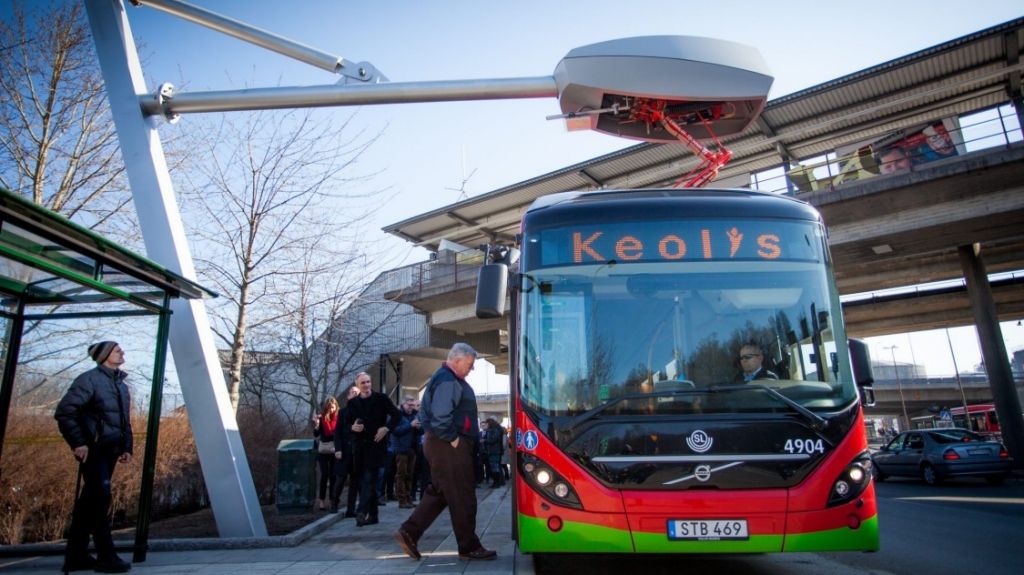
Do you already have any project underway in this regard?
«We are currently implementing a project in collaboration with the Dutch bus manufacturer VDL at its “Charging Test Center” in The Netherlands. This is one example that shows what will be possible in the near future. This collaboration demonstrates how vehicle technologies, energy storage and charging systems work together. There is also a vehicle-to-grid function integrated in one of the charging stations that allows the vehicles to be charged bidirectionally, a special switching matrix enables to flexibly combine the capacity of the charging stations, and an energy management application controls the flow of energy as needed».
Siemens charging up to 350 kW through a cable
Today depot charging via plug-in cable can reach up to 150 kW. Should we reasonably expect that this maximum power will be increased in the short medium term? How?
«It’s already here. Within our new Siemens Sicharge UC family we utilize not only the standard cable, that goes up to a maximum of 150 kW, but also a liquid-cooled cable that can allow a power level of 350 kW. This might be also especially interesting for the truck industry».
And this could also contribute to making pantographs less necessary…
«We still have to consider that in case of plug-in charging you always have to manually operate the plug. With autonomous vehicles expected soon, it makes sense to think about fully automatic charging systems. Pantograph charging could be a benefit in this regard and bus depot operators are already starting to look into such future proof solutions. In a few words, on one hand we see the technology of plug-in charging increasing in terms of power levels, while on the other hand we see a surging demand for pantographs with lower power levels to be installed by operators in the depots».
Charging is a matter of interoperability
In which countries are you today active with emobility projects?
«There are projects worldwide, for example in Vancouver and New York. Focusing on Europe, there are some in Oslo, Gothenburg, Hamburg and Berlin. Our biggest projects in Europe are currently being ramped up in Portugal, both in Lisbon and Porto».
Interoperability is a key issue in the transition to zero emission buses. Where are we standing right now?
«Back in the days when we invented the pantograph charging in Hamburg, which was the first project in the world for opportunity charging, there was no standardization. Now, the situation has much improved and the second edition of the ISO 15118 will be a big step forward. It will allow the standardization of all kind of charging, including pantograph charging. What is extremely important today is interoperability testing between the vehicle and the charger to make sure that all the functions are working».
You mentioned that «autonomous driving is expected very soon». May you be more specific?
«I believe that the technology is already there, it is more a topic of regulations. But for fenced in depots I believe that autonomous driving could be possible very soon».
